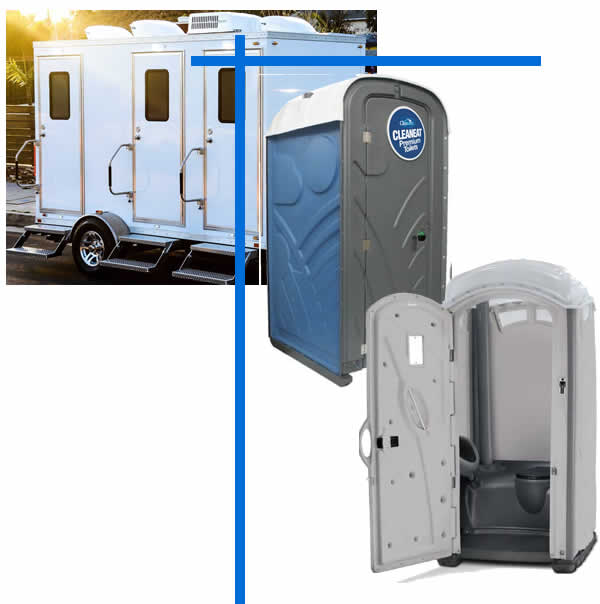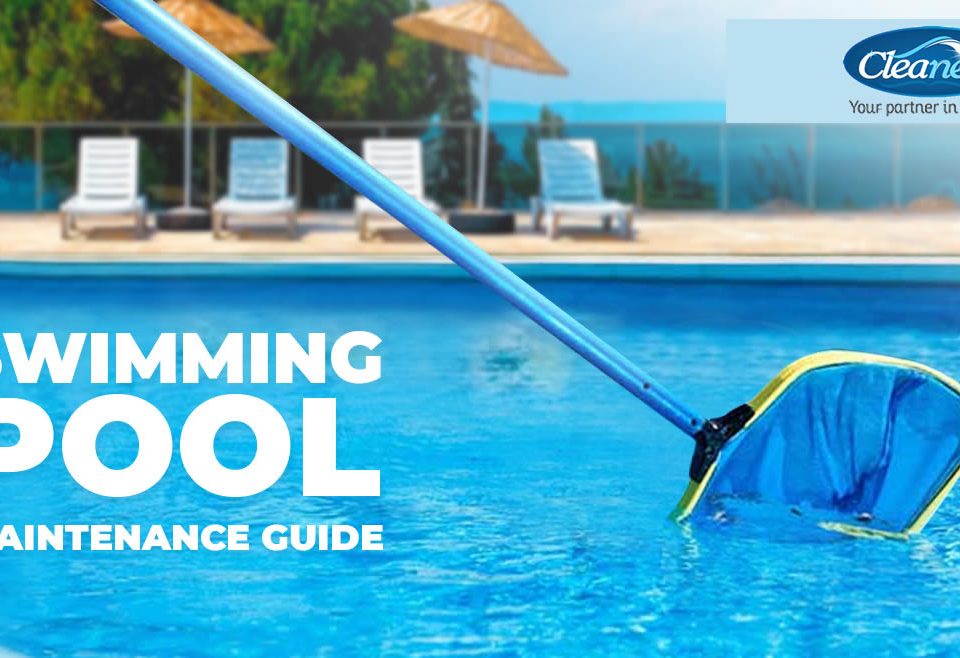
THE IMPORTANCE OF HAND SANITIZER PLACEMENT IN THE WORKPLACE
March 7, 2020
THE DIFFERENCE BETWEEN SOAP AND DETERGENT
March 7, 2020Difference Between Sanitizers and Disinfectants?

Many terms are being confused everyday that some think they can be used interchageably. People often mistake disinfectants and antiseptics; read our post on the difference between disinfectants and atiseptics. In this blog we will be discussing something different and that is the major difference between sanitizers and disinfectants. In case you have been mistaken the two to mean the same thing.
The difference between sanitizers and disinfectants is that sanitizers reduce bacteria on a surface by at least 99.9%, while disinfectants kill a wider range of microorganisms (than sanitizers), and cleaners simply remove dirt, soils and impurities from surfaces.
Cleaning a surface with soaps and detergents simply removes visible debris, dirt and dust. Sanitizing a surface makes that surface sanitary or free of visible dirt contaminants that could affect your health. Sanitizing is meant to reduce, not kill, the occurrence and growth of bacteria, viruses and fungi. Disinfecting a surface will “kill” the microscopic organisms as claimed on the label of a particular product.
To look at it another way,
So, sanitizing is a chemical process that lessens and even kills germs on surfaces to make them safe for contact. Usually you sanitize in kitchens and other areas that come into contact with food. For example, you sanitize dishes and utensils after using them. You also sanitize toys that children put in their mouths.
Disinfecting requires a stronger solution to destroy germs rather than simply reduce them. You might disinfect areas where you change a baby’s diaper. Hospitals disinfect areas that have come into contact with blood or other body fluids.
Both methods are a step up from regular cleaning because cleaning only removes visible dirt. When you sanitize or disinfect, you are removing potentially harmful bacteria that might not be visible to the naked eye.
In summary
- Sanitizers kill certain bacteria, in a specific period of time.
- Disinfectants kill certain bacteria, viruses, mildews, or fungi, in a specific period of time.
- Cleaners remove dirt. Be sure you are using the right type of cleaner for the soil you need to remove.



